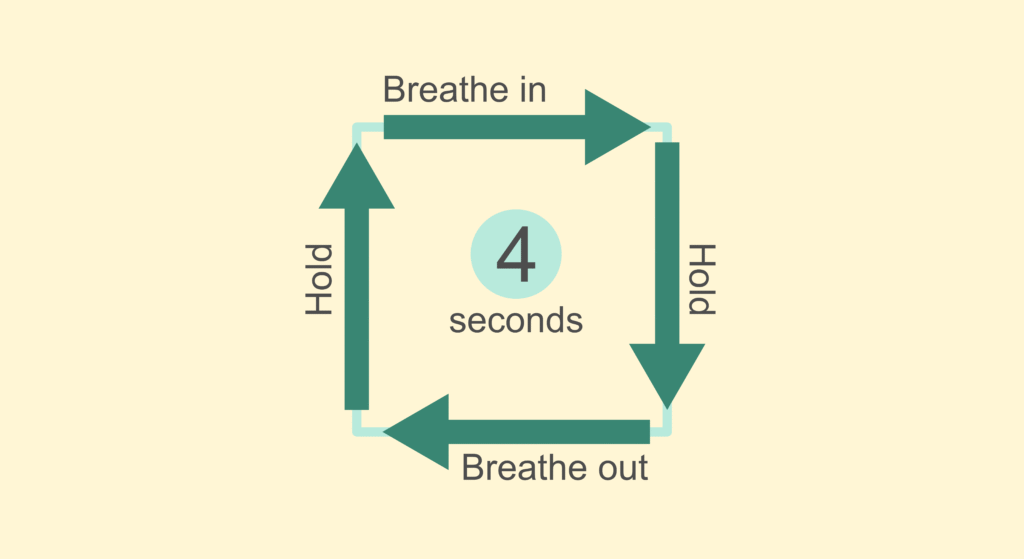You’ve studied, you’ve practiced, and yet—every time someone says “SAT,” your heart skips a beat. You start thinking about that clock ticking, your sweaty palms, the math section staring you down… sounds familiar?
Welcome to the club – SAT Test anxiety is something almost every student faces.
But here’s the truth: you can train your brain to stop panicking and start performing. Let’s talk about why that anxiety happens and how to rewire your brain, so you walk into the test room calm, confident, and ready to conquer.
Why Does SAT Test Anxiety Even Happen?
Our brains are hardwired for survival. When faced with high-stakes situations like the SAT, your body reacts as if it’s in danger—heart racing, muscles tense, focus scattered. According to research from the College Board and JED Foundation, this happens because your brain can’t tell the difference between a test and a threat.
But here’s the real problem:
If you keep taking the SAT without the right prep or mindset, your brain begins to associate the test with failure or panic. Over time, this rewires your neural pathways for learned helplessness – you start believing, “I just can’t do well on this.”
That’s why taking repeated, half-hearted attempts actually makes things worse. Instead of improving, you’re reinforcing the stress loop.
Step 1: Rewire, Don’t Retake
Before you jump into another SAT date, pause. Ask yourself:
- Am I truly ready this time?
- Do I know why I didn’t hit my target score before?
- Have I practiced under real test conditions, or just skimmed through problems on my laptop?
Every test attempt sends a message to your brain. So, make sure the next one says, “I’m ready, I’ve prepared, and I can do this.”
When you prep with intention – targeting weak areas, pacing smartly, and practicing real conditions – you begin reprogramming your brain for success, not stress.
Step 2: Build Your “Calm Under Pressure” Toolkit
You don’t need to meditate for hours or chant mantras (unless you want to!).
Here are simple, science-backed strategies that work:
- Practice the way you’ll perform. Take at least one full-length, timed digital SAT in a quiet space. Make it real.
- Breathe smarter, not harder. Try the 4-4-4-4 method: inhale for 4 seconds, hold for 4, exhale for 4. It tricks your brain into relaxation mode.
- Ground yourself. Before the test starts, name 3 things you see, 3 things you feel, and 3 things you hear. It’s a quick mental reset.
- Reframe your thoughts. Instead of “What if I fail?” try “This is just another chance to grow.”
- Keep your routine consistent. Eat the same breakfast you eat during practice days. Wear something comfortable. Familiarity breeds calm.

Step 3: Turn Anxiety into an Advantage
Here’s the secret no one tells you: a little stress isn’t bad.
It’s your body’s way of gearing up for a challenge. The goal isn’t to eliminate anxiety—it’s to control it.
At EH Tutoring, we help students do exactly that. We guide them through:
- Understanding why they feel anxious (not just how).
- Creating structured prep plans that replace panic with purpose.
- Simulating real SAT conditions until test day feels familiar.
- Using focus techniques that build resilience, not burnout.
Tutors have seen it repeatedly: once students learn to control their nerves, their scores rise, and so does their confidence.
Final Thoughts: You’re the Variable
Your test score doesn’t define you—but your mindset does shape your results.
So, don’t let SAT test anxiety sit in the driver’s seat.
Train your brain, plan your prep, and walk into that testing center knowing I’ve done the work, I belong here, and I’m ready.
You’re not just preparing for a test, you’re preparing for life’s challenges with calm, focus, and clarity.
Let EH Tutoring help you turn your panic into power—and your potential into performance.
